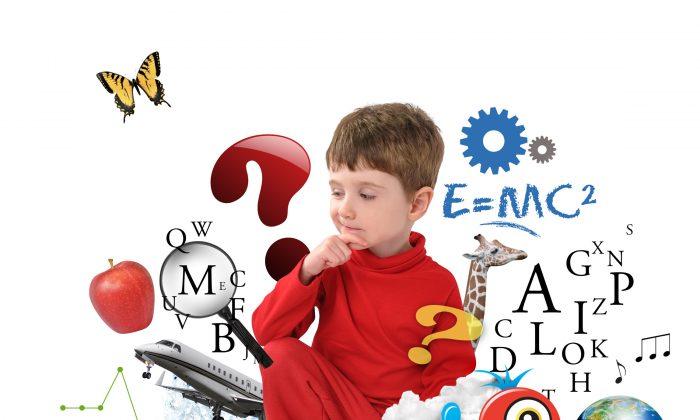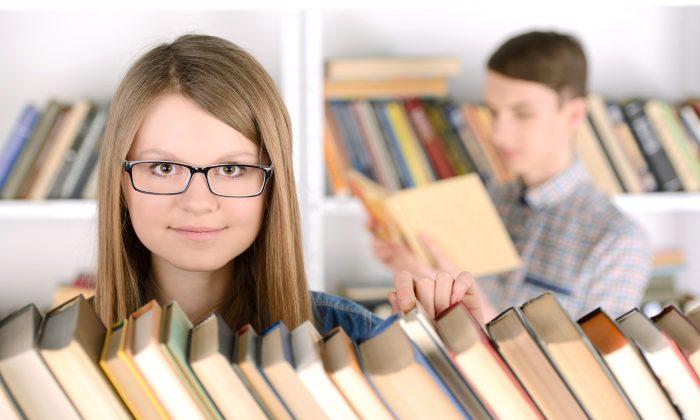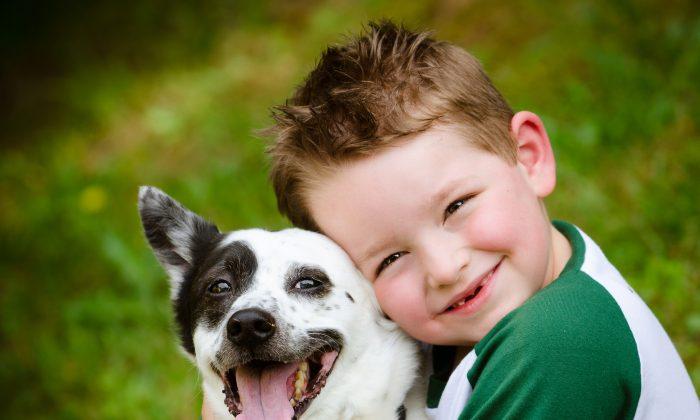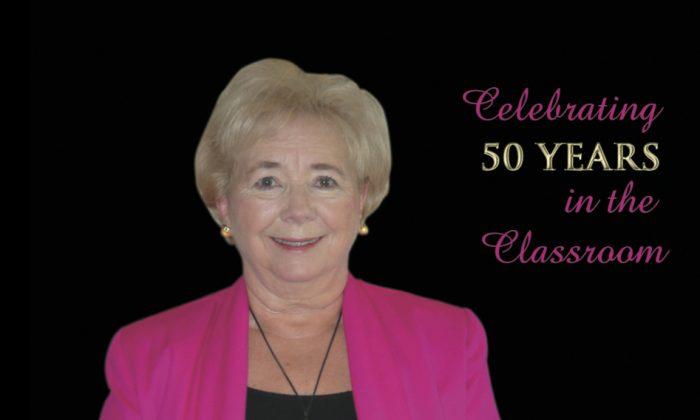This series of 10 articles on ‘How Children Learn Best’ is written by Canadian Citizen Pat Kozyra who has been teaching in the classroom for more than 50 years. In the series she will cover a range of topics likely to be of interest to both parents and teachers—topics include Children’s Learning Styles, Multiple Intelligences, the Importance of Music, the Importance of Play and other topics.
George Bernard Shaw said: “You see things that are and say, ”Why?“ But I dream of things that never were and say, ”Why not?” Robert Fisher in a book entitled Teaching Children to Learn said, “Creativity lies at the heart of what it means to be human. Creativity is not just about the arts or certain people. We all have the capacity for creative thinking—for generating and extending ideas, suggesting hypotheses, applying imagination and looking for alternative innovative outcomes. In my book Tips and Tidbits For Parents and Teachers, I include a chapter on Creativity, where it is pointed out that yes, creativity can be learned, enhanced and developed.
Creativity seems to be a capacity that is separate from intelligence, and the ways these combine can lead to very different learning styles and levels of achievement. Children scoring high on intelligence tests are not necessarily creative. Here are the findings of researchers who compared samples of children having high and low scores on tests of creativity and intelligence.”
High creativity + high intelligence. These children exercise within themselves both control and freedom, both adult-like and child-like kinds of behavior.
High creativity + low intelligence. These children are in angry conflict with themselves and with their school environment and are beset with feelings of unworthiness and inadequacy. In a stress-free context, they can blossom forth cognitively.
Low creativity + high intelligence. These children can be described as ‘addicted’ to school achievement. Academic failure would be conceived by them as catastrophic, so that they must continually strive for academic excellence to avoid the possibility of pain.
Here are some important ’signals of creativity' that you as a parent might take note of and become familiar with when they appear in your child. When you hear your child respond as in these examples, these are clues to you that your child exhibits creative behaviors and they should be fostered and acknowledged. I am sure many of you will recognize your own child when you read the following examples.
• Intense absorption in listening, observing and doing (“But I didn’t hear you call me for dinner!”)
• Intense animation and physical involvement (“But I can’t sit still—I’m thinking.”)
• Use of analogies in speech (“I feel like a caterpillar waiting to become a butterfly.”)
• Tendency to challenge ideas of authorities (“Why do I have to go to school?”)
• Habit of checking many sources (“Mom, I looked at all the books and watched a TV special and asked my teacher and I still can’t figure out where God lives.”)
• Taking a close look at things (“Hey this centipede does not have 100 legs.”)
• Eagerness to tell others about discoveries (“Guess what, guess what, guess what!”)
• Continuing in creative activities after the scheduled time for quitting (“I did my art work right through recess today.”)
• Showing relationships among apparently unrelated ideas (“Hey Mom, your new hat looks just like a flying saucer.”)
• Following through on ideas already set in motion. (“Tomorrow I am going to dig for gold in our back yard.”)
• Various manifestations of curiosity and wanting to know (“I just wanted to see what the yard looked like from on top of the roof.”)
• Spontaneous use of discovery or experimental approach (“I thought flour and water would make bread, but all I got was white ‘goo’.”)
• Excitement in voice about discoveries (“Flour and water make paste!”)
• Habit of guessing and testing outcomes (“I put detergent in the birdbath, but no birds came to clean up. Can I try some bubble bath today?”)
• Honesty and intense search for truth (“Mom, I hope this doesn’t upset you, but I’ve come to the conclusion that there is no Tooth Fairy.”)
• Independent action (“There are no good books on racing cars, Mom. I am going to write my own.”)
• Boldness of ideas (I think that children should be allowed to vote.")
• Low distractibility (“I can’t come out to play—I’m waiting for my chemicals to dissolve.”)
• Manipulation of ideas and objects to obtain new combinations (“I’m going to take this string and this pencil and make a compass.”)
• Penetrating observations and questions (“When the snow melts, where does the white go?”)
• Tendency to seek alternatives and explore new possibilities ('This old shoe would make a great flower pot.")
• Self- initiated learning (“Yesterday I went to the library and checked out all the books on dinosaurs.”)
Creative children: are persistent—may be estranged from their peers—have a sense of humor—make unusual associations—are flexible in thinking patterns—have lots of energy—ask challenging questions—are often bored with repetition—like to guess and hypothesize—work with concentration—initiate projects on their own—are curious—are independent—take risks—visualize mentally—are sensitive—are interested in the unconventional.
The following compilation was contributed by Ruth A. Martison, to ‘The Identification of the Gifted and the Talented’, Ventura California, Office of the Ventura County Superintendent of Schools, 1974 and it says:
Creative Children:
1. View their work with extra wonder and see magic in it;
2. Are learning by experimenting, manipulating objects in many ways, and using stories to exercise their imaginations at preschool age;
3. Are able to be conforming or nonconforming as the situation demands;
4. Try to find answers to their questions in their way;
5. Have extremely long attention spans and the ability to pursue an activity in which they are interested for extra-long periods of time;
6. Can tolerate disorder and ambiguity;
7. Are able to organize themselves and ideas;
8. Tend to see familiar things and situations in unusual ways and in greater depth;
9. Often prefer to learn by creative ways rather than by being told by an authority.
10. Seem to learn considerably from fantasy as it aids in solving their problems of development;
11. Display a positive self-image;
12. Have an attraction towards the unconventional and towards complexity;
13. Seem to rely more on their own evaluations than on others;
14. Come from family backgrounds characterized by lack of overdependence of children on parents and stress of conformity by parents; strong feelings are expressed in the family; both fathers and mothers relate strongly and positively to the child even though the mother is ambivalent in her mothering feelings; more often than not the most creative child is the older sibling; fathers are usually engaged in occupations allowing for autonomy and independence;
15. Build a reputation for having wild or silly ideas, particularly the boys;
16. Display humor, playfulness and relaxation in their creative products;
17. Wish to work alone at times;
18. Are high academic achievers provided they have a minimum IQ score of around 120;
19. Can integrate opposing impulses such a destructiveness and constructiveness;
20. Select fewer conventional careers (eg lawyer, doctor, professor and select more unconventional ones eg adventure person, inventor, writer).
“Where there is imagination, there is creativity
Where there is creativity, there are dreams
Where there are dreams, there is potential
Where there is potential, there is promise."—Author Unknown
Pat Kozyra is the author of “Tips and Tidbits for Parents and Teachers—celebrating 50 years in the classroom and sharing what I have learned.” You are welcomed to ask advice on a teaching or parenting issue by writing to [email protected].





Friends Read Free